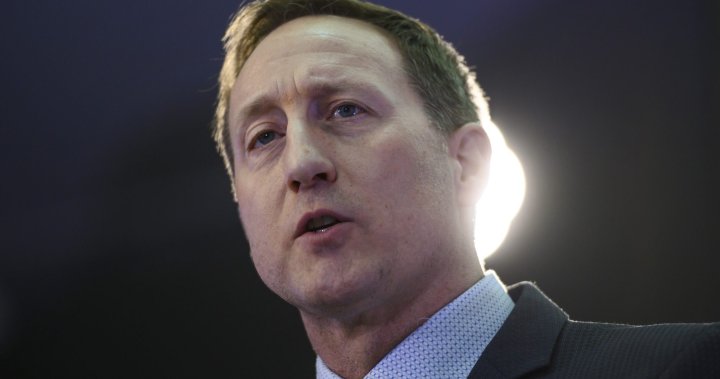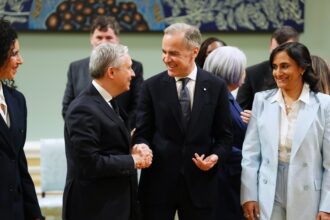In a candid assessment of the Conservative Party’s political trajectory, former cabinet minister Peter MacKay has issued a stark warning that the party must dramatically reorient its strategy to prevent becoming perpetually sidelined in Canadian politics. Speaking from his decades of experience in federal governance, MacKay’s analysis comes at a critical juncture as Conservatives grapple with their identity following consecutive electoral defeats.
“The definition of insanity is doing the same thing over and over again and expecting a different result,” MacKay remarked during a recent interview, channeling the oft-quoted wisdom that underscores his concern about the party’s current direction. The former Progressive Conservative leader, who played a pivotal role in the 2003 merger that formed today’s Conservative Party, suggests that without meaningful change, the party risks consigning itself to “permanent opposition status.”
MacKay’s comments reflect growing internal tensions within Canada’s political landscape, where Conservatives have struggled to expand their electoral reach beyond traditional strongholds. The veteran politician specifically highlighted the crucial necessity of broadening appeal in vote-rich Ontario and Quebec—provinces where Conservative candidates have consistently underperformed in recent federal elections despite strong showings in western provinces.
“You can’t form a government in this country unless you’re competitive in Ontario and Quebec,” MacKay emphasized, pointing to the mathematical reality that has kept Conservative prime ministerial ambitions in check. His assessment aligns with electoral data showing that despite commanding leads in Alberta, Saskatchewan, and parts of British Columbia, the party has failed to break through in Canada’s most populous regions.
The timing of MacKay’s intervention is particularly noteworthy coming after Pierre Poilievre’s leadership has consolidated support among the party faithful. While Poilievre has energized the base and crafted a message centered on economic concerns, questions remain about whether this approach can translate into broader electoral success in regions historically resistant to Conservative messaging.
Financial constraints and ballooning campaign expenses present additional challenges for all political parties. MacKay noted that the increasing costs of running effective campaigns necessitate strategic prioritization of resources—a reality that further complicates the Conservative path to power.
Industry observers point to deeper structural issues facing the party. “The Conservative coalition has always been fragile,” explains Dr. Melissa Thompson, political scientist at the University of Toronto. “The challenge is maintaining unity between fiscal conservatives, social conservatives, and libertarian elements while simultaneously appealing to centrist voters in urban areas.”
MacKay’s prescription for future success involves a delicate balancing act: maintaining core Conservative principles while demonstrating flexibility on social issues that have historically alienated moderate voters. This approach has proven successful in provincial politics, where Progressive Conservative governments in Ontario and New Brunswick have found electoral success by occupying more centrist ground.
The former minister’s perspective carries particular weight given his unique position straddling both the Progressive Conservative tradition and the modern Conservative movement. As architect of the merger that united Canada’s fractured right, MacKay possesses insight into the compromises necessary to build winning coalitions in Canadian politics.
Recent polling data suggests potential openings for Conservative advancement, with economic concerns and cost-of-living issues dominating voter priorities—traditional areas of Conservative messaging strength. However, translating this potential into electoral breakthroughs in urban and suburban districts remains the fundamental challenge.
As Canada navigates economic uncertainty and changing demographics, MacKay’s intervention raises a question that will define Conservative fortunes for years to come: Can the party evolve its approach while maintaining its identity, or will ideological purity continue to trump electoral pragmatism in the pursuit of power?
















